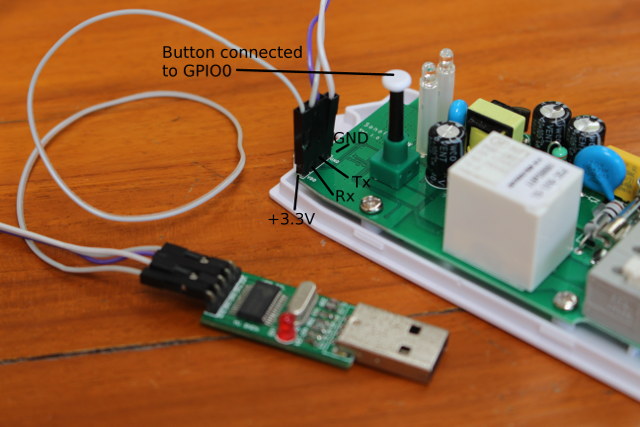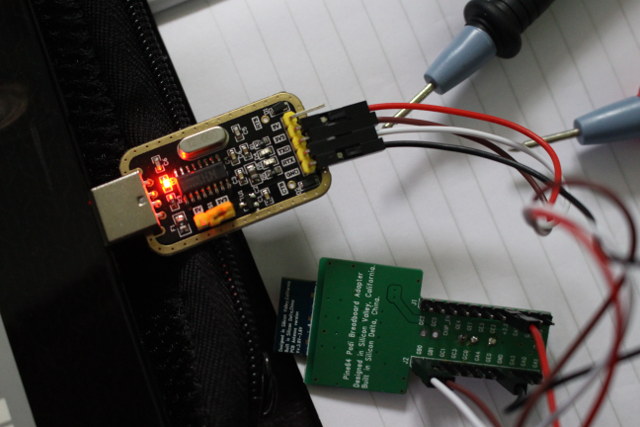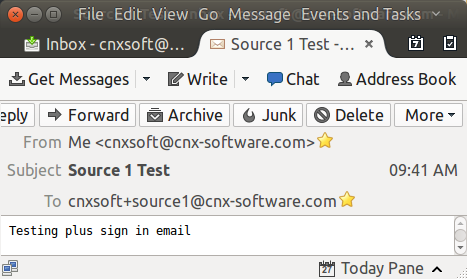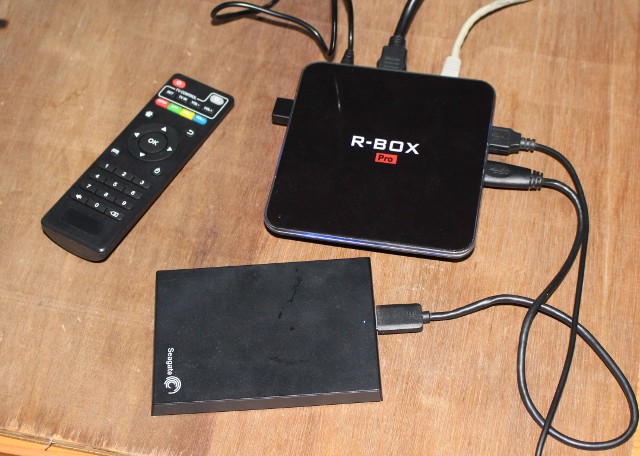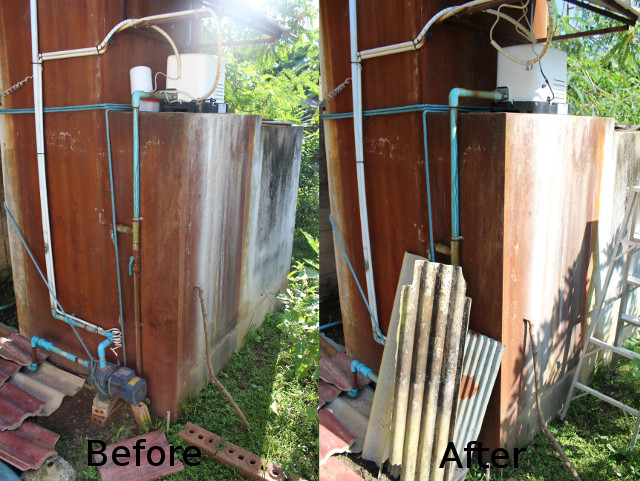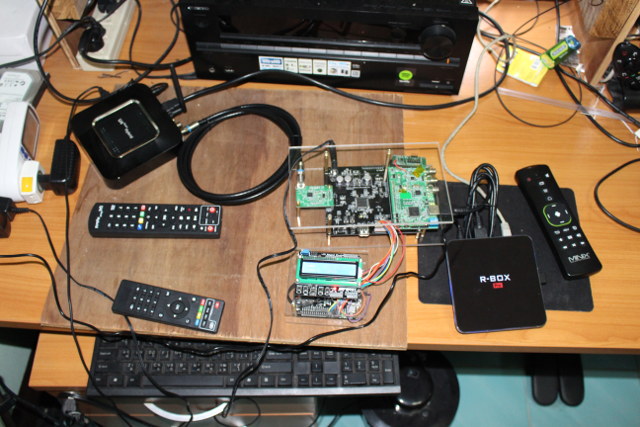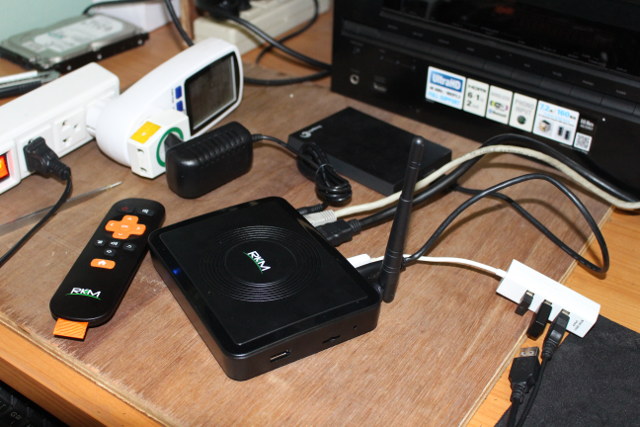ITEAD Studio Sonoff family is comprised of various inexpensive ESP8266 WiFi power switch, and the company sent me two of their latest CE certified models with Sonoff TH16 + external temperature & humidity probe, and Sonoff POW to measure power consumption. I checked the hardware is the first part of the review, and used Sonoff TH16 to control a water pump with the stock firmware and Ewelink Android app in the second part. It works reasonably well, but it relies on the cloud, so if you lose your Internet connection or the service closed, you can’t control the relay manually anymore. Luckily, the UART pins are exposed on Sonoff switches so you can solder a 4-pin header and connect a USB to TTL to flash your own firmware. Please don’t connect Sonoff devices to the mains when programming them, it’s very dangerous, instead the USB to TTL board will power […]
Getting Started with Pine64 PADI IoT Stamp – Part 2: Serial Console, GCC SDK, Flashing & Debugging Code
PADI IoT Stamp module powered by Realtek RTL8710AF ARM Cortex M3 WiFi SoC is a potential competitor to Espressif ESP8266 modules. Pine64, the manufacturer of the module, sent me their kit with a $2 IoT stamp, a breakout board, a USB to TTL debug board and a J-Link debug board. In the first part of the review I’ve shown the hardware and how to assemble PADI IoT stamp kit. In the second part I’m going to write a tutorial / getting start guide showing how to control the board with AT commands, build the firmware with GCC SDK, and finally demonstrate how to flash and debug the firmware with the J-Link debugger. The Quick Start Guide indicates you need to connect the USB to TTL debug board to UART2 instead of UART1 as I did on the very similar B&T RTL-00 RTL8710AF module, and set connection settings to 38400 8N1. […]
Adding Plus Sign and Tag to Email Address May Help Identify Source of (Spam/Junk) Emails
I’ve noticed several commenters using email formatted as [email protected] or [email protected] while posting comments on CNX Software blog, but I just thought they were using some specific emails account or some forwarding techniques to receive emails, but I did not investigate further, and by chance I came across the reason on reddit this morning: It’s just another character that can be in an email address. For example, [email protected], [email protected], [email protected], and [email protected] are all completely different email addresses. However, Gmail will ignore a + and everything after it in the username portion of an email address, so [email protected], [email protected], and [email protected] will all go to [email protected]‘s inbox. This is acceptable because Google does not allow + in its login names. Many people use this property to identify the source of an email. So I could not resist trying by sending myself an email by adding +source1 to my username, and […]
R-Box Pro 3G Android TV Box Review – Part 2: Android 6.0 Firmware
The vast majority of octa-core Android TV Boxes sold on the market comes with 2GB RAM, but Amlogic S912 based R-Box Pro TV box was interesting with its 3GB RAM option (aka R-Box Pro 3G), as I wondered if I would see any noticeable improvements during my tests with the extra RAM. We’ve already confirmed the the hardware comes with 3GB RAM using 2x 1GB + 2x 512MB RAM chips configuration in the first part of the review last month, and it’s now time to check out whether this translates to anything in Android, as well as go through the usual hard-to-get features to work like automatic frame rate switching and HD audio pass-through. First Boot, Firmware Update, and First Impressions One positive with the device is the four USB ports, so this time I did not need an USB hub at all, and connected a USB HDD, two RF […]
Getting Started with Sonoff TH16 ESP8266 Relay and Sensor using the Stock Firmware and eWelink Android App
Sonoff TH16 is a WiFi relay device powered by Espressif ESP8266 WiSoC, able to handle a load up to 16A (3500Watts @ 220V), and including a jack for sensors. The company recently sent me a sample together with Sonoff AM2301 temperature and humidity sensor, and Sonoff POW power meter device, and in the first part of my Sonoff review I checked out the hardware for all three items. In the second part, I’ll report my experience with Sonoff TH16 and the temperature sensor with a practical example, as I’ve installed it to control a groundwater pump. What you see above is a picture of my house water tank with two pumps, the white one keep the pressure in the taps and is always on, and the blue one pumps the water from the ground and is the one I’m going to control. Over the last year or so, I’ve tried […]
V-Bridge Muses DTV Modulator and Video Encoder Review – Part 2: Muses-β Turnkey Solution Demo
V-Bridge Muses-α and Muses-β boards can be used to respectively broadcast video to DTV standard from your PC, and as a turnkey solution taking any HDMI, CVBS, or USB inputs. The VATek SoC used in those board support various DTV standards including DVB-T, DVB-C, ATSC/QAM, DTMB, ISDB-T/TB up to full HD resolution. I’ve received an early prototype for each, and I’ve already taken pictures and show how to assemble both Muses-α and Muses-β kits in the first part of the review. Today, I’ll show a demo with Muses-β turnkey solution taking HDMI input from an Android TV box (R-Box Pro), encoding and modulating the video to DVB-T, before broadcast it to an Android STB with a DVB-T/T2 tuner (U4 Quad Hybrid). This tool could be useful to test STB featuring ATSC or ISDB-T too, as those two standards are not supported in my country, and I could instead generate signals […]
Rikomagic MK22 Review – Part 2: Android Firmware, Video & Audio in Kodi, Benchmarks…
Rikomagic MK22 is one of the many Android TV boxes powered by Amlogic S912 octa-core processor with typical hardware specifications such as 2GB RAM, 16GB flash, Gigabit Ethernet and dual band WiFi. I’ve already taken the box apart to check out the hardware in the first part of the review, so I’ll focus on the firmware, but I’ll keep it short focusing on typical problem areas, as I’ve already reviewed a bunch of other Amlogic S912 TV boxes such as Qintaix Q912 or Beelink GT1. First Boot, Firmware Update, and First Impressions After having connected all usual cables and accessories include a 1TB USB hard drive, and RF dongles for my air mouse and wireless gamepad, I booted the device, and after around 45 seconds (typically), I got to the main launcher. Since I received the device about a month ago, I decided to go to the UPDATE&BACKUP app to […]
Amlogic USB Burning Tool Still Sucks in 2016
[Update November 2016: If you don’t like USB Burning Tool or don’t have the necessary USB cable, you can flash Amlogic IMG firmware to a micro SD card instead] In the first few years when Android TV Boxes/mini PCs started to hit the markets, in the 2012-2014 period, online firmware update was inexistent for the vast majority of the boxes, and if you wanted to update your firmware you had to use some windows tools like USB Burning Tool for Amlogic, AndroidTool for Rockchip, or PhoenixUSBPro / PhonixSuite for Allwinner platforms. All those tools have poor design, for example the window is not resizable, so it’s impossible to your an old netbook (1024×600 resolution), and then you have to install drivers which is easy, for after detection of the box may be hit and miss, and you have to follow a procedure with the right power sequence with a USB […]


